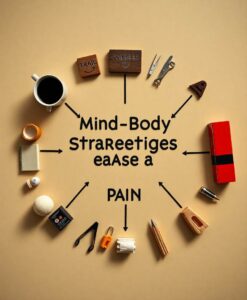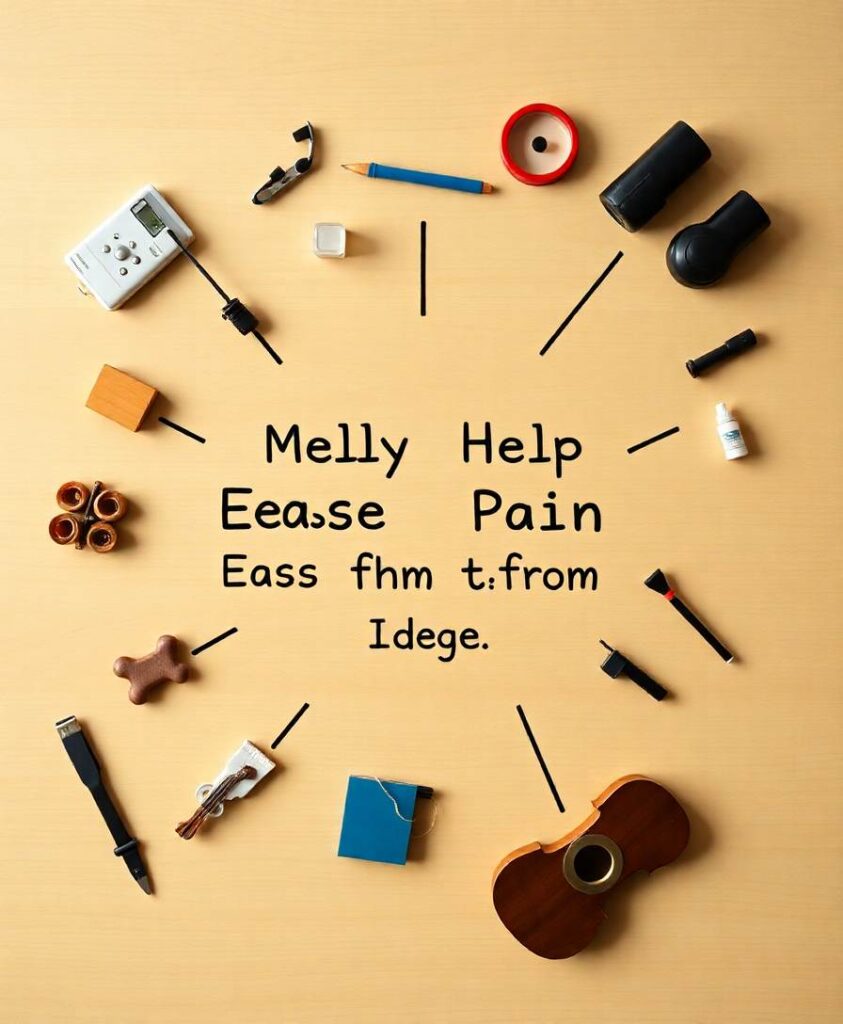Dr. Gary Small’s work brings attention to techniques that engage the nervous system, mood, and behavior together. Practices such as paced movement, breath-based relaxation, and attention training influence brain circuits involved in pain and emotion. These strategies empower people to regain a sense of control and rebuild activity levels while reducing the biological signals that amplify suffering.

Understanding pain as a lived experience opens possibilities for more inclusive care that meets diverse needs and preferences. For anyone curious about how neuroscience and practical skills intersect to ease long-term pain, the full article explores approaches that link brain health, resilience, and everyday functioning in ways that could change how we support recovery and well-being.
Billions of people around the world live with chronic pain – and a staggering 40% of them also experience depression and anxiety. “People usually assume that pain is a purely physical phenomenon,” said Dr. Gary Small, a brain health expert and chair of psychiatry at the…



